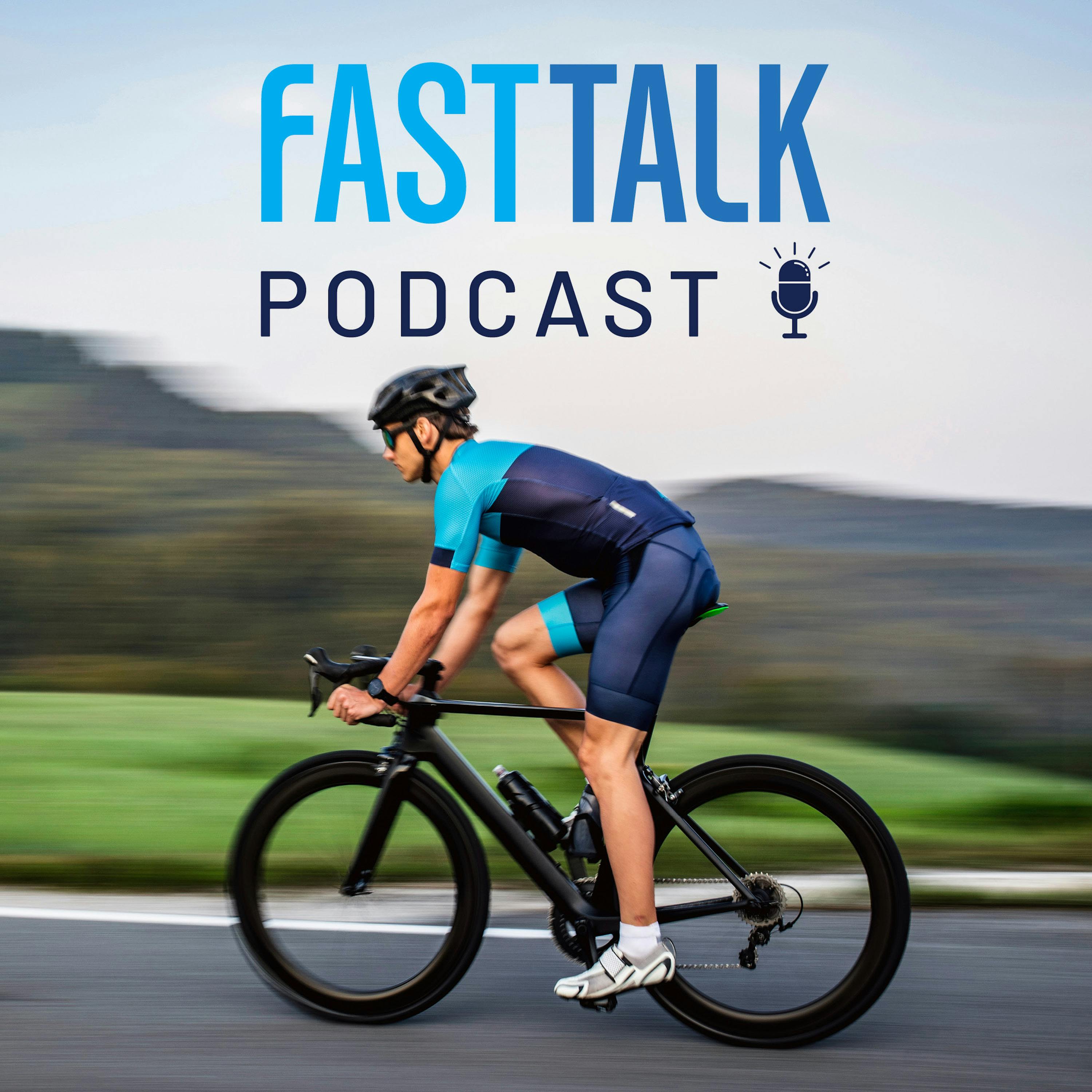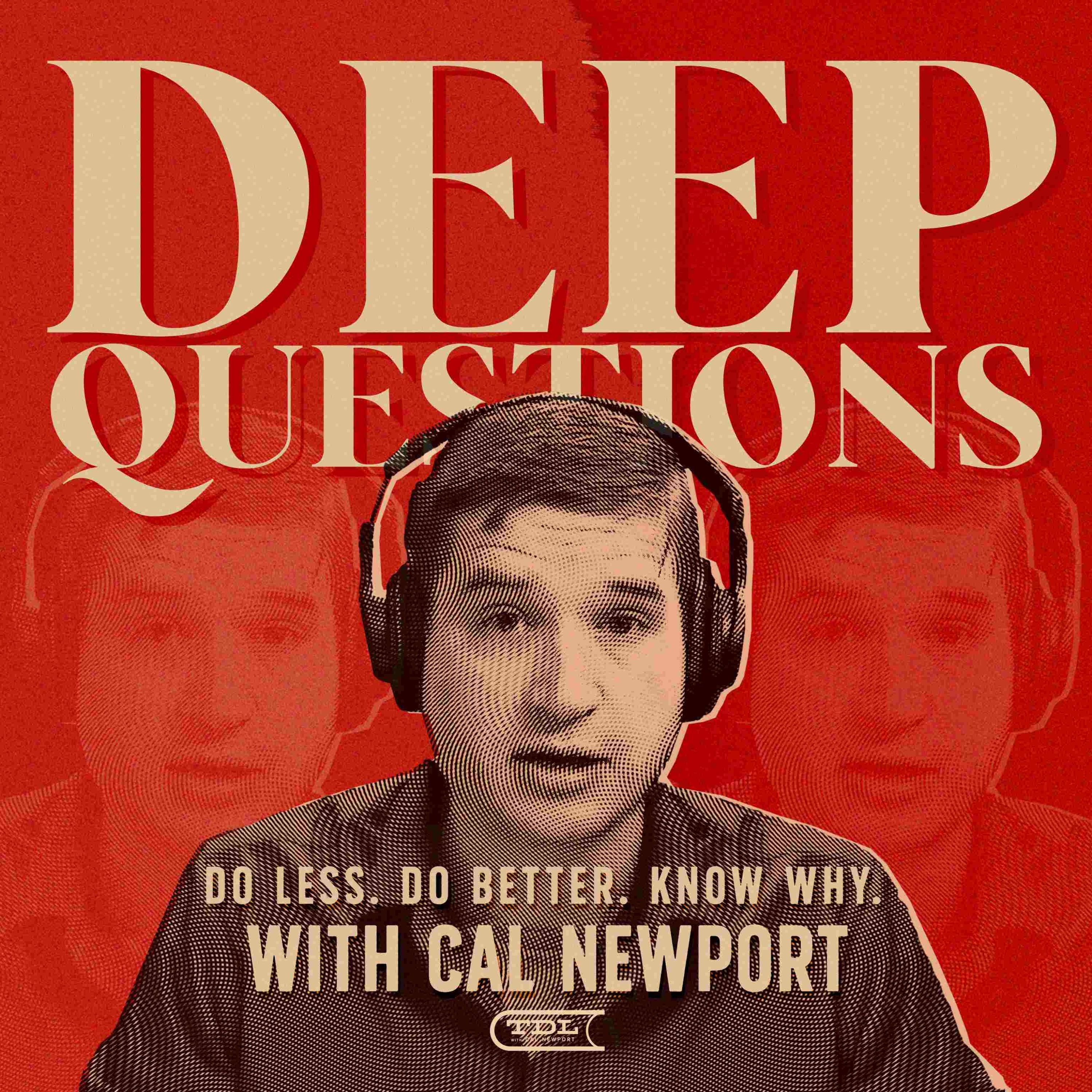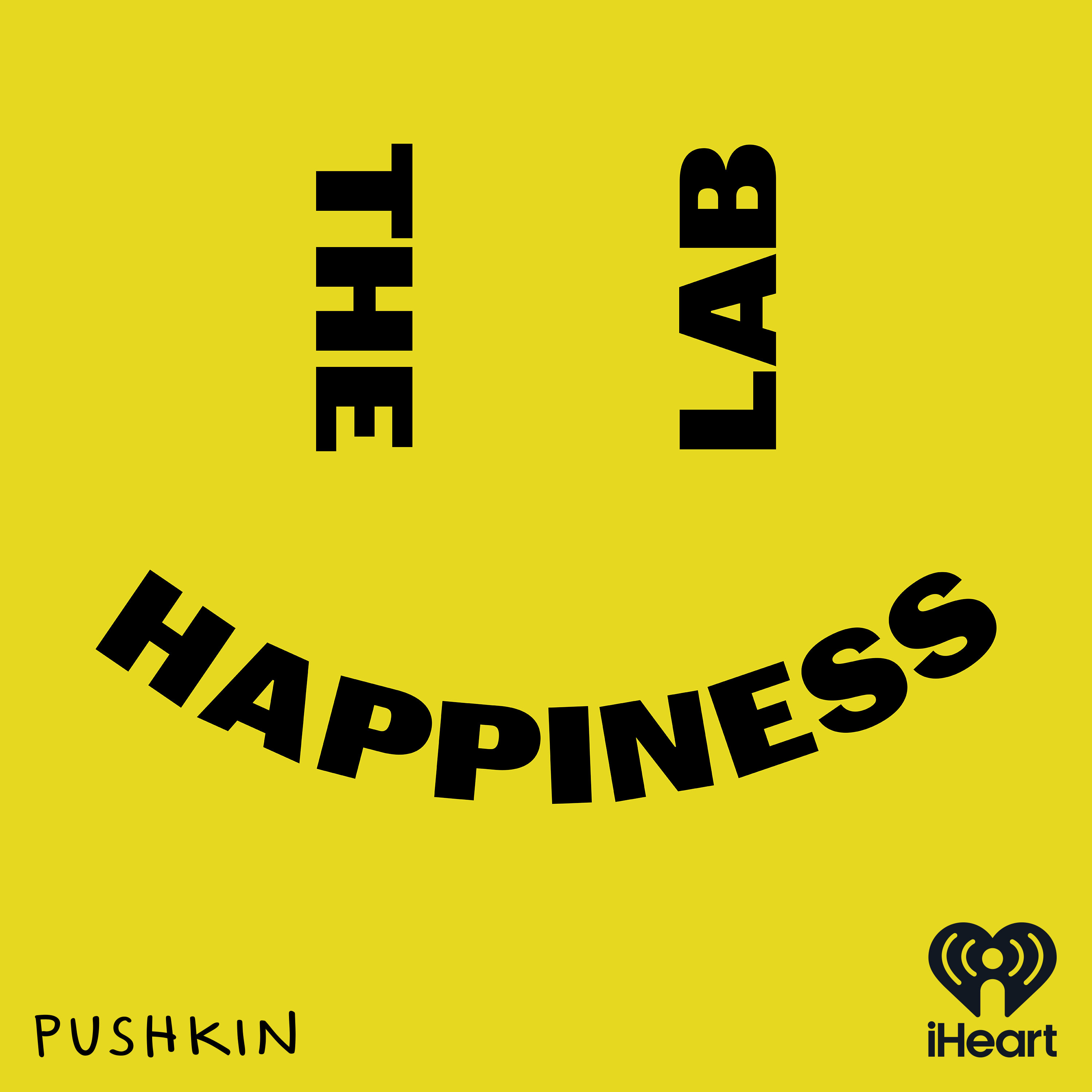
The Full Circle Podcast
The Full Circle Podcast offers listeners insights into topics and ideas pertaining to endurance sports training and racing. Hosted by Coach Laura Henry, this podcast releases episodes weekly and discusses training best practices, effective workouts, compelling research, coaching methodologies, physiology and recovery, and the best tools to help guide you unlock your potential and achieve your best performance.
The Full Circle Podcast is part of Full Circle Endurance, which is an endurance sports coaching company that serves athletes in many endurance sports, including triathlon, running, cycling, and open water swimming.
To learn more about how Full Circle Endurance can help you reach your goals, please visit us at: https://FullCircleEndurance.com/
The Full Circle Podcast
How to Measure Race Day Performance
Coach Laura ran the Mountain Goat Run for the 14th time this year. It may have been her 14th time running this race, but it certainly didn’t feel redundant to her.
No matter how much experience we have in endurance sports, there are always new experiences to be had, new things to learn, and new joys to be felt. This year’s Mountain Goat Run checked all those boxes and more for Coach Laura.
Read this Article:
https://www.fullcircleendurance.com/blog/how-to-measure-race-day-performance
Learn more about our Running Coaching Services and our Running Training Plans!
Ready to start training? Check out our Coaching and Training Plan options:
Learn more about Full Circle Endurance: https://FullCircleEndurance.com/
Submit questions to be answered on the show: https://FullCircleEndurance.com/podcast/
Reach out to Coach Laura Henry: Hello@FullCircleEndurance.com
Disclaimer: The information shared in this podcast is for educational and informational purposes only and is not a substitute for professional medical advice, diagnosis, or treatment. Always seek the advice of your qualified healthcare provider with any questions you may have regarding a medical condition or health goals. Never disregard professional medical advice or delay in seeking it because of something you heard on this podcast. Reliance on any information provided is solely at your own risk.
(0:04 - 0:22)
Hello, and welcome to the full circle podcast, your source for insights into the science and art of endurance sports training and racing. I'm your host coach Laura Henry. There isn't a race that I love more than the mountain goat run.
(0:23 - 0:59)
The upstate orthopedics mountain goat run is a 10 mile road running race in Syracuse, New York that takes place on the first Sunday in May every year. It features 565 feet of elevation gain over those 10 miles, and the course winds its way through the neighborhoods of Southwest and Southeast Syracuse, allowing runners to experience these areas of the city in a way that is not possible on a normal day. Over the years, the mountain goat run has become Syracuse's premier road running race, and it's also become a beloved annual rite of spring in the city.
(0:59 - 1:12)
Runners are drawn to the mountain goat run because of the challenge it poses. I was one of these runners. 15 years ago, the challenge of running 10 hilly miles is what drew me to run this race for the first time.
(1:13 - 1:31)
I hadn't ever run 10 miles before, and I certainly hadn't ever run a race as hilly as the mountain goat run. To this day, finishing the mountain goat run in 2010 remains one of the most significant accomplishments of my athletic life. The race was hard.
(1:32 - 1:47)
Very hard. I remember wondering if I could even do it, both before and during the race. When I crossed the finish line, I realized I was stronger and more capable athletically than I had ever realized.
(1:48 - 2:03)
The mountain goat run lit a spark in me. It inspired me to become an endurance athlete and, ultimately, to become an endurance sports coach. I am not exaggerating when I say that the mountain goat run literally changed the course of my life.
(2:03 - 2:13)
Pun intended. This past Sunday, I ran the mountain goat run for the 14th time. I haven't ever run any other race this many times.
(2:13 - 2:28)
Not even close. In fact, I'm pretty staunch about not doing races more than once. I feel that there are too many interesting races and potential adventures waiting out there for me to get stuck on doing the same races year after year.
(2:29 - 2:55)
In pretty much every other case, that means that once I do a race, it's off the table and I won't do it again. But I make an exception for the mountain goat run, which shows just how much I do love this particular race. Unlike that first year at the mountain goat, when I was ignorant about what I was doing and when I was essentially fumbling my way to the finish line, this year I headed into race day with a very specific race strategy.
(2:56 - 3:23)
I thoughtfully considered my activities and my preparation prior to race day. For instance, I carb loaded for the two days prior to the race, a process that I am convinced works and that has enhanced both my race day performance in and recovery from long course races. Based on the weather forecast, which was calling for rain for most of the race, I made sure I had two pairs of shoes ready to go.
(3:24 - 3:46)
One regular pair of road running shoes and one waterproof pair of road running shoes. It did end up raining for most of the race, and I wore the waterproof shoes. I packed up my Nathan Pinnacle hydration vest with the fueling and hydration I'd need for the race, and I stuck to the fueling and hydration strategy that I've tested robustly in training and that I know works well for me.
(3:46 - 4:07)
I ran on effort, and I didn't look at any metrics throughout the race at all other than checking the total duration so I could stick to my fueling strategy. Throughout the race, I was constantly scanning my body and assessing how I was feeling. At the five mile mark, I noted that I was feeling better than I expected to at this point in the race.
(4:07 - 4:41)
After I climbed the Calvin Hill and was approaching the seven mile mark, I noted that I was still feeling really good, so I decided to increase my effort a little bit. After I crested the final hill of the race in Thornden Park, I headed back down into the city, and as I approached the nine mile mark, I realized that I was still feeling very good and very strong. I increased my effort again, passed athletes during that final mile while also not getting passed by anyone, and I crossed the finish line with a negative split for the race.
(4:42 - 5:06)
I'll note that achieving a negative split is hard to do in this race since the second half of the course is more difficult than the first half. In my 14 times racing the Mountain Goat Run, I've only negative split the race three times including this past Sunday. Maybe I sound like I'm bragging and like I am completely arrogant by now, but I had a phenomenal race on Sunday.
(5:07 - 5:18)
I was thrilled when I crossed the finish line and after the race. The joy I felt about this has lasted well beyond Sunday. I'm still feeling it now.
(5:19 - 5:46)
I executed my race strategy perfectly, and I felt fantastic. But what if I tell you that this year's Mountain Goat Run was my slowest ever by a margin of more than 4%? Yes, that's right. I've run the Mountain Goat Run 14 times, and this past Sunday's race was my slowest time ever.
(5:46 - 6:14)
In fact, even when I consider the other 10 mile races I've run besides the Mountain Goat Run, Sunday's race was the slowest 10 mile race I've ever run. Heck, it was slower than most 10 mile training runs that I've run over the years. Is that what you expected to hear after the experience that I described? If you say yes, I am calling you out as a liar right here and right now.
(6:15 - 6:28)
Athletes are always so preoccupied with their paces and their times, in training and then especially on race day. Believe me, I get it. Timing is how we are measured and ranked in races against others in the race.
(6:29 - 6:50)
How fast or how slow you are determines your finishing place and where you stack up relative to other people. Even for those of us who aren't in contention to win a race, our finish times matter, since it is often how we are measuring ourselves against ourselves. And time-based goals are not inherently a bad thing.
(6:50 - 7:19)
They can be incredibly motivating goals to work toward, whether we are seeking to beat others in a race or to beat our own past selves. However, the biggest trap of numbers, and therefore times, is that we think that they are the only measure of our worth as athletes. And by extension, we think that they are the only valid and meaningful measure of whether we performed well or not in a given workout or race.
(7:20 - 8:02)
Phrases like beat yesterday, 1% better, and 110% have become so commonplace that what they represent, that we should always be seeking a numerical representation of better and progress, often goes right over our heads. Faster speeds, lower finishing times, higher weights, more, more, more, more, in a numerical quantifiable expression. These are the things that matter, right? These are the things that we should always be chasing in endurance sports, right? Maybe always chasing time-based goals and numerical outcomes works for some people.
(8:02 - 8:28)
But what I've learned from racing literally hundreds of times myself, and after coaching hundreds of athletes to thousands of finish lines, is this. You can chase numbers, and they can bring you feelings of excitement. There is absolutely a time and a place for time-based goals, but the high that comes from hitting an arbitrary time metric fades, and honestly, it fades rather quickly.
(8:28 - 8:59)
The longest lasting and most fulfilling experiences in endurance sports are not only the result of achieving a specific time. The best experiences I've had in endurance sports have been the result of a long journey, and the greatest sense of fulfillment that I've had has come from the journey and experience itself, what I learned about myself along the way, and how I managed my plan and conducted myself on race day. Sometimes those journeys and experiences have led me to fast times and podium finishes.
(9:00 - 9:31)
And overall, my best experiences in endurance sports have been experiences of more, just not experiences of only more numbers. My best accomplishments have been comprised of more knowledge, more awareness, more experience, more gratitude, more joy. Some of the most meaningful measures of things in endurance sports and in life are challenging, if not completely impossible to measure tangibly.
(9:32 - 9:58)
My race day performance and experience on Sunday was one of those meaningful experiences that is not able to be measured tangibly. My experience at this year's Mountain Goat Run and my experience at the 2021 Mountain Goat Run and plenty of other races over the years are excellent illustrations of this truth. You never, ever actually know what is going on with another human being.
(9:59 - 10:22)
You can look at their finish times, read the things they post on social media, listen to what they choose to tell you, see them running or walking on a race course, and make assumptions about how they are doing, why they're doing it, and how they did. We've all done it at one time or another. It's part of human nature to be curious about others and to try to extrapolate what might be true for and about them.
(10:22 - 10:44)
But it is so important to bear in mind that anything we're seeing about another person is just the tip of their personal iceberg. On Friday, February 7th, 2025, I was out on a run and I felt a twinge in my right knee. It wasn't painful and I didn't think much else of it until later that night when I could barely walk.
(10:45 - 10:59)
I eliminated running from my training schedule, but that didn't resolve the pain. So I started physical therapy a couple of weeks later. My physical therapist, the great Dr. Adam Ruszkowski, restricted me from running for a total of seven weeks.
(11:00 - 11:37)
When he cleared me to run again, he told me that I had to start with running intervals of 90 seconds, followed by walking intervals of three minutes for a total of 20 to 30 minutes of activity. I've been using a run-walk strategy in all of my runs since I developed long COVID, but this ratio of running to walking was substantially different from my usual, which has been five minutes of running followed by 90 seconds of walking, and the volume was substantially less than I had been doing prior to my knee injury. This injury was particularly frustrating because I didn't, and still don't, know what actually caused it.
(11:37 - 12:02)
For all other injuries I've sustained over the years, I can identify the cause. It's either an acute accident, such as crashing my bicycle, or an overuse injury stemming from a poor choice I made, or something I tried to get away with in training or racing, such as doing too much too soon, not doing enough strength training, or not dedicating enough time to stretching and mobility work. But this time, none of those things were in play.
(12:03 - 12:18)
Frustrating. But if I've learned anything, it's that some things in life are just destined to be great mysteries of the universe. I asked Dr. Adam a couple of weeks out from race day what he thought about my possibly doing the mountain goat run.
(12:18 - 12:43)
He knows that it's a race that means a lot to me, so he laid out some checkpoints that I'd need to hit in training to be able to be cleared for it. I was able to hit all of those checkpoints, so he cleared me to do the mountain goat run three days before race day with some really strict rules. Number one, I had to be willing to quit, to withdraw from the race, and to take a DNF if I felt any sustained pain at any point during the race.
(12:43 - 13:02)
Number two, I had to stick to two minutes of running followed by three minutes of walking for all 10 miles. This meant that I would be walking 60% of the race. Number three, I had to walk all downhills, even if the downhill fell during a planned running interval.
(13:02 - 13:15)
So this meant that I would be walking for more than 60% of the race. I agreed to these terms. On race morning, I started at the back of the pack, which is where I stayed for the entirety of the race.
(13:16 - 13:25)
I never felt any pain, so I finished all 10 miles. I stuck to the rules. I trusted and leveraged my experience.
(13:25 - 14:11)
I took my own advice, the very same advice I dole out to athletes on a daily basis, and I had a phenomenal race that I am so proud of. By most other people's measurement and assessment, which relies on the numerical representation of my race, aka my finish time, this year's Mountain Goat run was a bust, both when you compare my finish time against almost everyone else who ran in this year's race and when you compare my finish time against my own past finish times. But I know beyond a shadow of a doubt that Sunday's race was one of the best I've ever executed in my athletic career, and I will ride that high as long as it lasts.
(14:11 - 14:34)
As I mentioned, that first Mountain Goat run in 2010 taught me so much about myself that it altered the course of my life. I am 15 years older now. I think that it is utterly beautiful and marvelous that this same race can still teach me things about myself during my 14th running of it.
(14:34 - 14:56)
This, among so many other reasons, is why the Mountain Goat run is, and forever will be, my favorite race. That was another episode of the Full Circle Podcast. Subscribe to the Full Circle Podcast wherever you listen to your favorite podcasts.
(14:57 - 15:12)
If you like what you listen to, please be sure to leave us a rating and review as this goes a long way in helping us reach others. The thoughts and opinions expressed on the Full Circle Podcast are those of the individual. As always, we love to hear from you and we value your feedback.
(15:12 - 15:32)
Please send us an email at podcast at fullcircleendurance.com or visit us at fullcircleendurance.com backslash podcast. To find training plans, see what other coaching services we offer, or to join our community, please visit fullcircleendurance.com. I'm Coach Laura Henry. Thanks for listening.
Podcasts we love
Check out these other fine podcasts recommended by us, not an algorithm.

Fast Talk
Fast Talk Labs
excellence, actually
Steve Magness, Brad Stulberg, & Clay Skipper
Deep Questions with Cal Newport
Cal Newport
